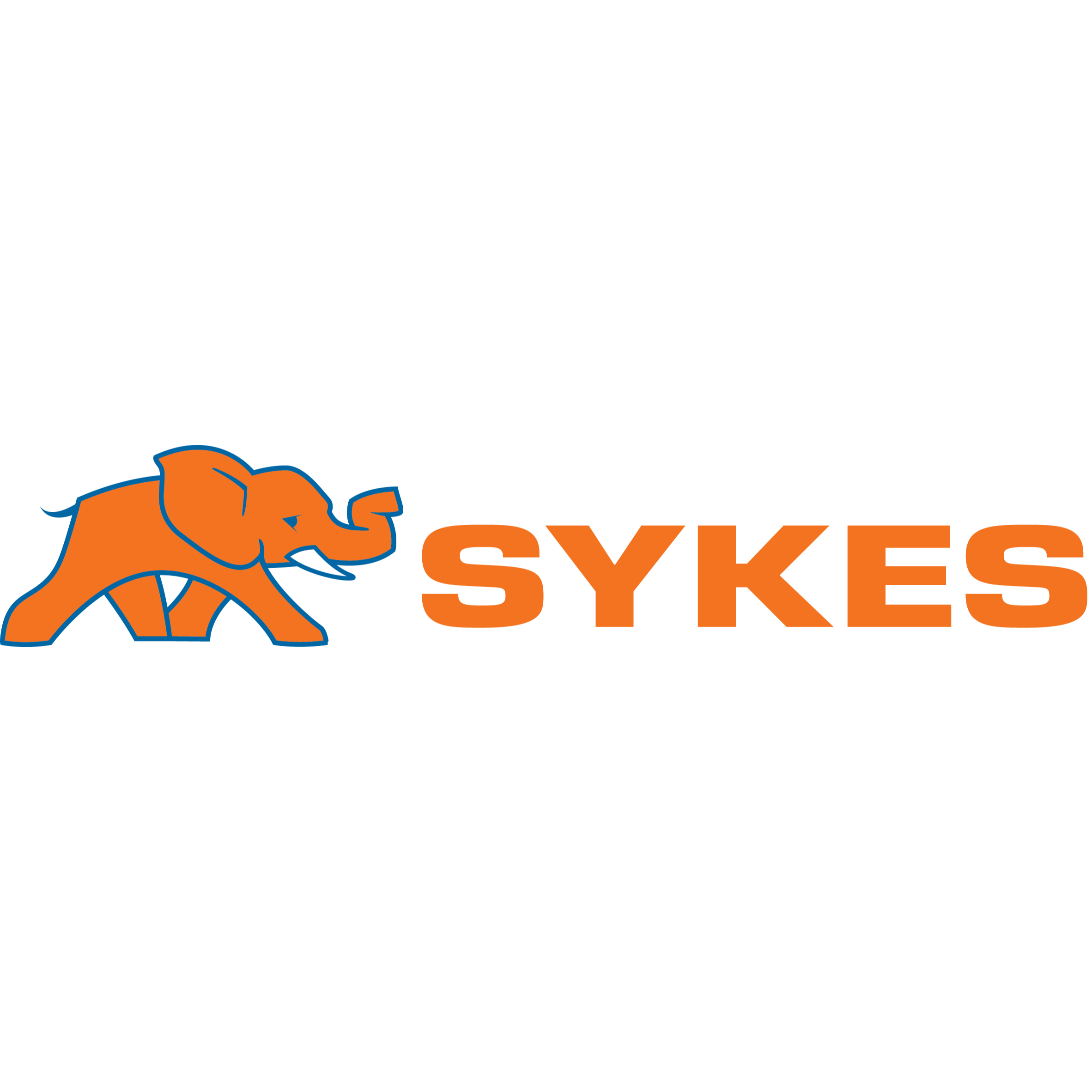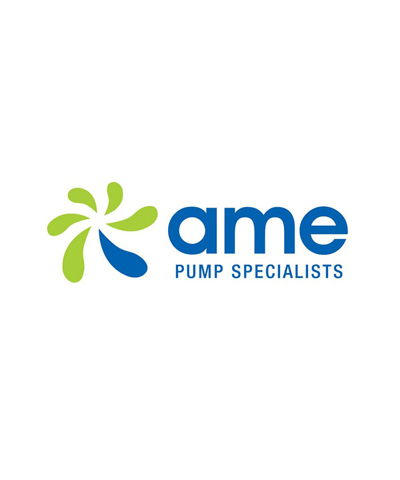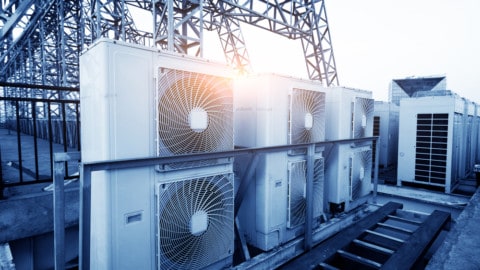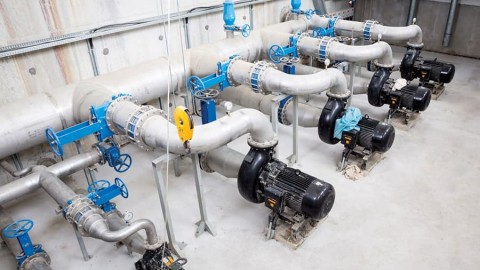by Ray Hardee, Chief Engineer, Engineered Software
In the first of a regular series of columns on overall piping systems, Ray Hardee discusses how the various elements making up a total pumped system work together to meet system requirement.
Pumped systems can be classified as either process systems, in which a product is made, or support systems, in which a service is supplied. Figure 1 is an example of a process system in which a fluid is pumped through a process to make a final or intermediate product. In this example we have a process fluid that is pumped from a supply tank, through a heat exchanger, a control valve and then into a distillation tower. Systems like this are often found in refineries and chemical plants.
Figure 2 is an example of a support systems that provides cooling water to equipment within a plant. Here we have a cooling water system that removes waste heat from equipment or plant processes. We also have a pump that circulates water from a cooling tower basin, through multiple parallel circuits where the cooling water removes excess heat from the equipment, flows through a control valve, then back to the cooling tower where the excess heat is removed by evaporation of some of the cooling water.

Figure 2. An example of a support system in which a fluid is recirculated in the system to provide cooling water to various plant loads.
Elements of a pumped system
Piping systems are composed of many pieces, so at first glance, it may seem difficult to understand its operation. If we can look at each item, then identify its function, we can start to make sense of the system and its interconnections.
All equipment found in pumped systems fall into three basic elements: pump elements, process elements and control elements. These elements work together so the system can meet its design requirements.
- The pump elements include the pump, the drive adding energy to the pump, pump seals and other support systems for the pump and drive.
- The process elements include the supply and destination tanks, the interconnecting pipelines and the process equipment found in Figures 1 and 2.
- The control elements include the control valve and plant instrumentation to control the process variable and safely operate the system.
Every pumped system, regardless of its size or complexity, is made of these three basic elements so the system can meet its design objectives.
Function of each element
Now that we know the three elements found in every pumped system it’s time to discuss their function within the system. We’ll start out with the pump elements.
The pump elements supply all the fluid energy to the system required by the process or the service. The drive takes external energy (electricity for a motor or steam for a turbine) and converts it to mechanical energy to the pump shaft. The rotating pump shaft drives the impeller which converts the mechanical energy to kinetic energy. The pump impeller and casing are used to convert the kinetic energy to fluid energy, referred to as head, to move the process fluid through the pumped system.
The process elements consist of tanks and vessels making up the boundary of our piping systems, the pipelines to transport the process fluid through the system and the process element to meet the system objectives. For example the purpose of the system presented in Figure 1 is to provide heated process fluid to the process tank prior to going on in the system.
The control elements consist of the instrumentation, control loop/s and control valves needed to improve the quality of the product. For example, the system is designed to provide a quantity of fluid to the process tank at a specific temperature. If the temperature control loop does not maintain the fluid temperature into the process tank distillation the process will not operate efficiently. It is important to remember that the energy added in the heat exchanger is thermal energy and does not affect the hydraulic energy added to the system by the pump.
Considering the usage of energy for moving the fluid in the piping system, the energy supplied by the pump is used by the process elements and the control elements, and it can be reduced to the following formula, which shows the relationship of the energy supplied by the pump and the energy used in the system:
hpump=hprocess+hcontrol
In the formula the value h is in meters of fluid. Measuring fluid energy in meters of fluid is customary when working in pumped system, as a result all the examples presented in this column will list fluid energy in meters of process fluid.
Conclusion
In this introduction we grouped the elements found in every pumped system and the purpose of these elements. We also saw how the energy supplied to the system by the pump is used by the process elements and control elements to make a product and improve its quality.
In future articles we will look at typical problems associated with real life piping systems, develop troubleshooting skills to identify the problem and determine the possible solutions. In the next issue of Pump Industry we will look at a system that is unable to meet an increased flow requirement and what can be done to correct the system.
In my experience, the best way to demonstrate a point is with examples. I like to provide real life examples to build troubleshooting skills in my columns. I have accumulated a variety of examples of pumped systems experiencing problems, but one thing I have learned is that I haven’t seen them all. That’s where you come in. If you have or are experiencing a problem within a pumped system, let me know and we’ll troubleshoot it together and then share the results with other readers.
Ray Hardee is a registered professional engineer in the United States, with more than 45 years experience in operating, starting and designing fluid piping systems. He is also one of the principal founders of Engineered Software, Inc, a company which develops software and training services for fluid piping systems.
The company developed the PUMP-FLO program which is used by over 117 pump manufacturers worldwide for the selection of centrifugal pumps. For more information about Ray or his company, head to www.eng-software.com.



















